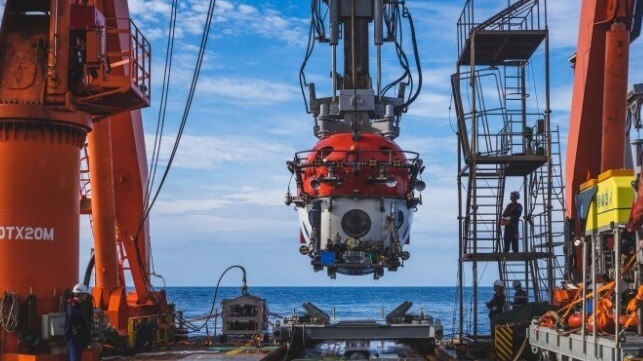Tanneyhill
Full Member
- #41
Thread Owner
There are a number of people who get caught up in treasure hunting who think that Atahualpa's room full of ransom gold is still waiting for someone to open the door. I am working on some Inca stuff but am not delusional about finding some laying alongside the road. Any finds inland will require a lot of time and high end electronics for detection. My finding a manuscript will allow me to find 5 tons of gold in South America and not behind a closed door!!!
Agree, which is why I am leaning more towards building the right next-gen technologies before getting out there in the field. But the allure and addiction to research keeps drawing me back before I have the technology developed 🤓.
But we know it is out there - grave sites, temples, lakes, caves, canyons, jungles, wrecks etc
Mixtec, Aztec, Tarascan, Huastec, Kuna, Tairona, Quimbaya, Muisca, Diquís, Coclé, Chorotega, Nahuange, Chavín, Moche, Nazca, Sicán, Inca, Mapuche, Chimú, Chibcha, Sinú etc etc
For instance, the Quimbaya treasure:
In late 1890 (exact date varies by source, but often pegged around October), treasure hunters—not professional archaeologists—stumbled upon a stash of gold artifacts in two tombs near the town of Filandia, in what’s now Quindío Department, Colombia. The Quimbaya region, nestled in the Cauca Valley between the Andes Mountains, was home to the Quimbaya people, who thrived from around 500 BC to 600 AD, with influence lingering later. These looters were likely locals chasing rumors of gold, a common activity in Colombia at the time due to its rich pre-Columbian heritage.
The find came during a period when Colombia’s government was strapped for cash and eager to showcase its cultural wealth. By 1891, the treasure—433 pieces in total—was sold off to the Colombian government for about 50,000 pesos, a hefty sum then. The government later gifted most of it (around 120–150 of the best items) to Spain in 1893 as a thank-you for helping settle a border dispute with Venezuela. Today, those pieces sit in the Museo de América in Madrid, while smaller batches are scattered in museums like Bogotá’s Museo del Oro and private collections.
Old Spanish reports from the 1500s hint the Quimbaya buried more gold to hide it from conquistadors. The 1890 tombs prove they stashed valuables in graves, and Colombia’s jungles and mountains could still hold similar hauls—pendants, poporos, statues—waiting to be found. No specific "lost Quimbaya treasure" has a name like El Dorado, but the idea persists that 1890 was just a taste.
Last edited:



 Rumor has it they’ve discovered one heck of a world class deposit there…Who would have thunk
Rumor has it they’ve discovered one heck of a world class deposit there…Who would have thunk
